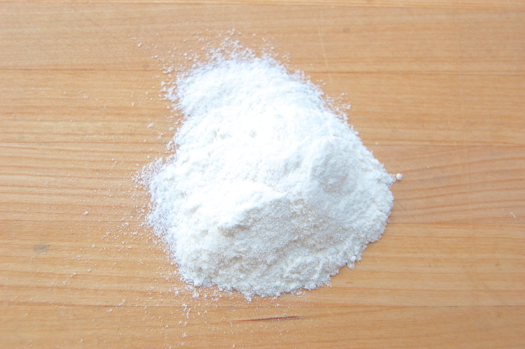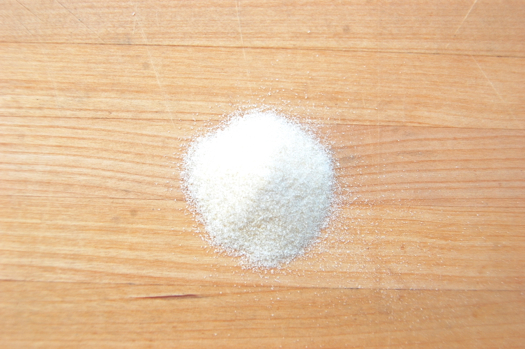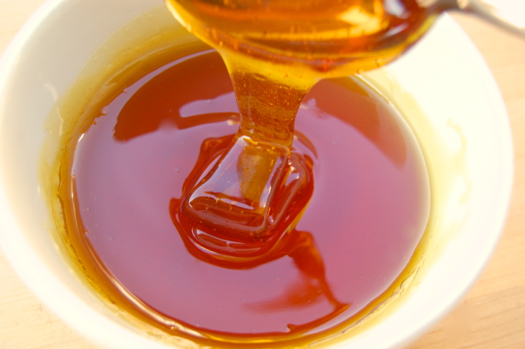Wheat Flour

Plain wheat flour is a go-to thickener in the kitchen, especially where sauces care concerned. In combination with butter or oil it becomes a roux, which is the basis of classic béchamel. White flour, most bakers know, is the ground endosperm of a wheat berry, the endosperm being the energy storehouse of the seed. Moisten the seed and enzymes in the endosperm go about breaking down the long chain starches that are stored there into simple sugars. These sugars fuel the sprout (contained in the germ) as it grows.
READ ON

